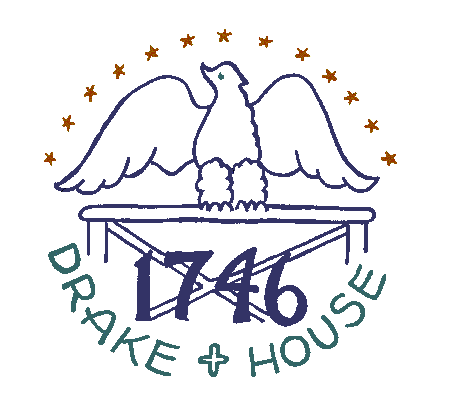 |
|||||||||||||||||
|
|
|||||||||||||||||
|
|
|||||||||||||||||
 |
||||
AS THOUGH THIS WAS NOT ENOUGH to show what was offered by a well-stocked handcraft shop in the early 1800s, Gamage advertised again in 1806 that he continued in business at the old stand. After listing
again the articles for sale and adding such items as toothbrushes, scissors, and toothpicks he concluded with an appeal for "Two or more Journeymen." Announcement of his marriage to Julia Tunis on May 22, 1808,
appeared several days later. The next record lists him at 115 Liberty Street, New York City; in 1819 he removed to Batavia County, Ohio Where he died in 1824. Examples of his work are not known to me. William P. Dawes
was a clockmaker as well as a part-time gold and silversmith. He married Sarah Miller, granddaughter of Aaron Miller, best known Jersey clockmaker of colonial times, in April, 1811. Records indicate that Dawes was quite
a competent craftsman in his own right. A native of England, he came to America during the Revolution and notices in the New Jersey Journal indicate that he worked in Elizabethtown between 1803 and 1814.
The first notice appeared on February 10, 1803, and read:
To let—The House and Shop, near the stone bridge, in Elizabethtown, where Mr. William Dawes now lives, from the first day of April next.
A year later the following notice appeared:
The subscribers take this method of informing the Public that they have entered into a line of their profession under the firm name of Dawes and Woodruff, in Elizabethtown, at the shop formerly occupied by
Robinson Thomas as a store, where they carry on the different branches of Watch and Clock Making and Silver- Plating on the most accommodating terms; and they flatter themselves by a steady attention to business,
they will receive a proportionate share of the liberality of the Public. Notice of the partnerships end was given in April, 1805, and nine years later in April 1814, the following notice appeared:
House and Lot—The late property of William Dawes are offered for sale.
There is nothing to indicate whether Dawes, the craftsman, or a son who bore his name moved to Ackquaskoon Township, but in January, 1830, it was announced that he and his wife had sold to Cornelius Miller Dawes for
$500 a lot on the Hamburg-Paterson Turnpike "next to the graveyard." The following October Cornelius Miller Dawes and his wife, Phoebe, of Orange, sold to a Cornelius whose last name is illegible, for $30 "A lot in
Acq. on Hamburg-Paterson Turnpike. Whereon William P. Dawes now lives next the graveyard." A finely made tall clock, with a iron dial bearing the name of William Dawes, was offered for sale in a New York City gallery
several years ago and the present owner is not known. Its inlaid Hepplewhite-style case had no label, although it resembled Jersey-made cases of the Federal era. A shop on South 17th
Street, Philadelphia, listed a few months ago "a supurb mahogany tall clock." Across the dial it had "William Crow, Salem, N.J." Nothing is known about him aside from the fact that a memorandum acquired by the dealer along with the clock declared it to be the only known example of this work, dating from 1735 to 1740.
|
||||
Contents of any advertisements associated with this page are NOT endorsed in any way by |
||||